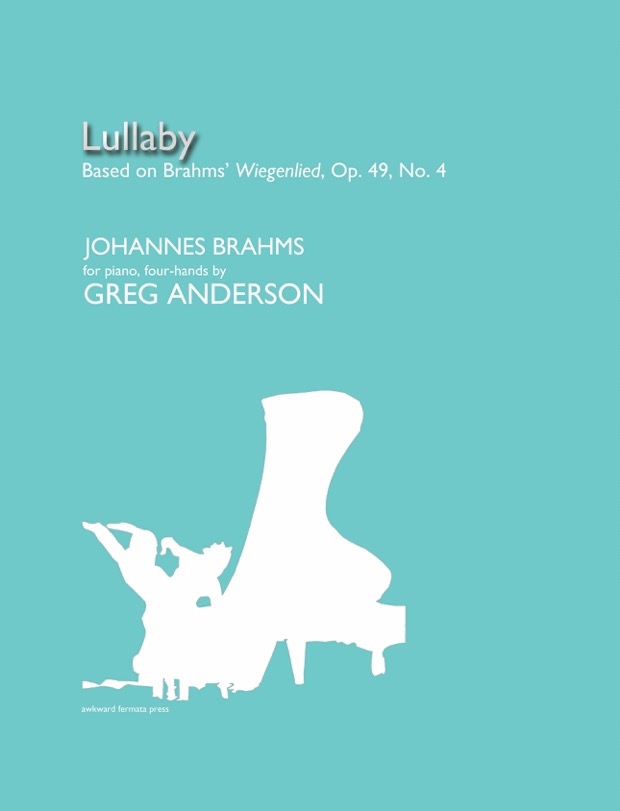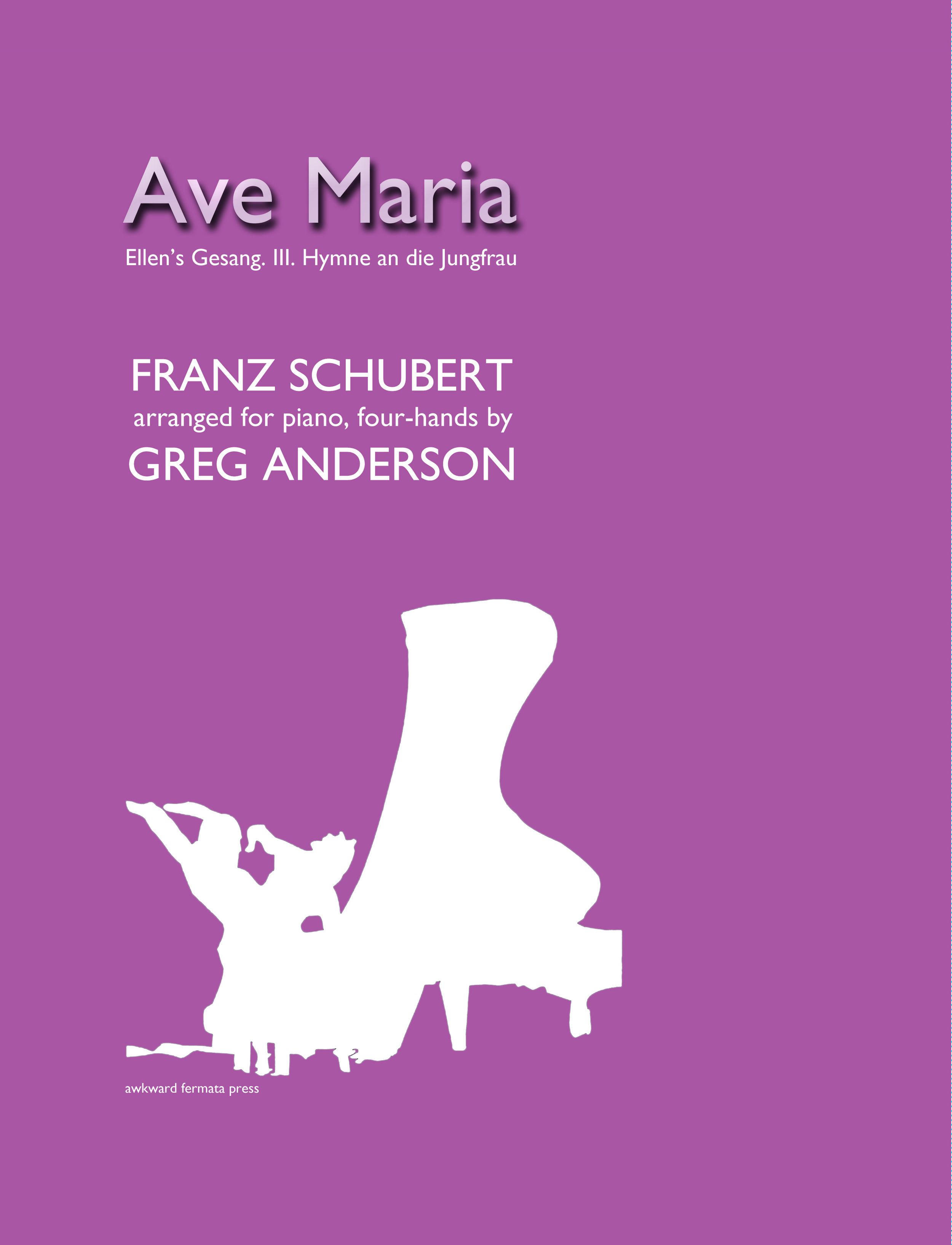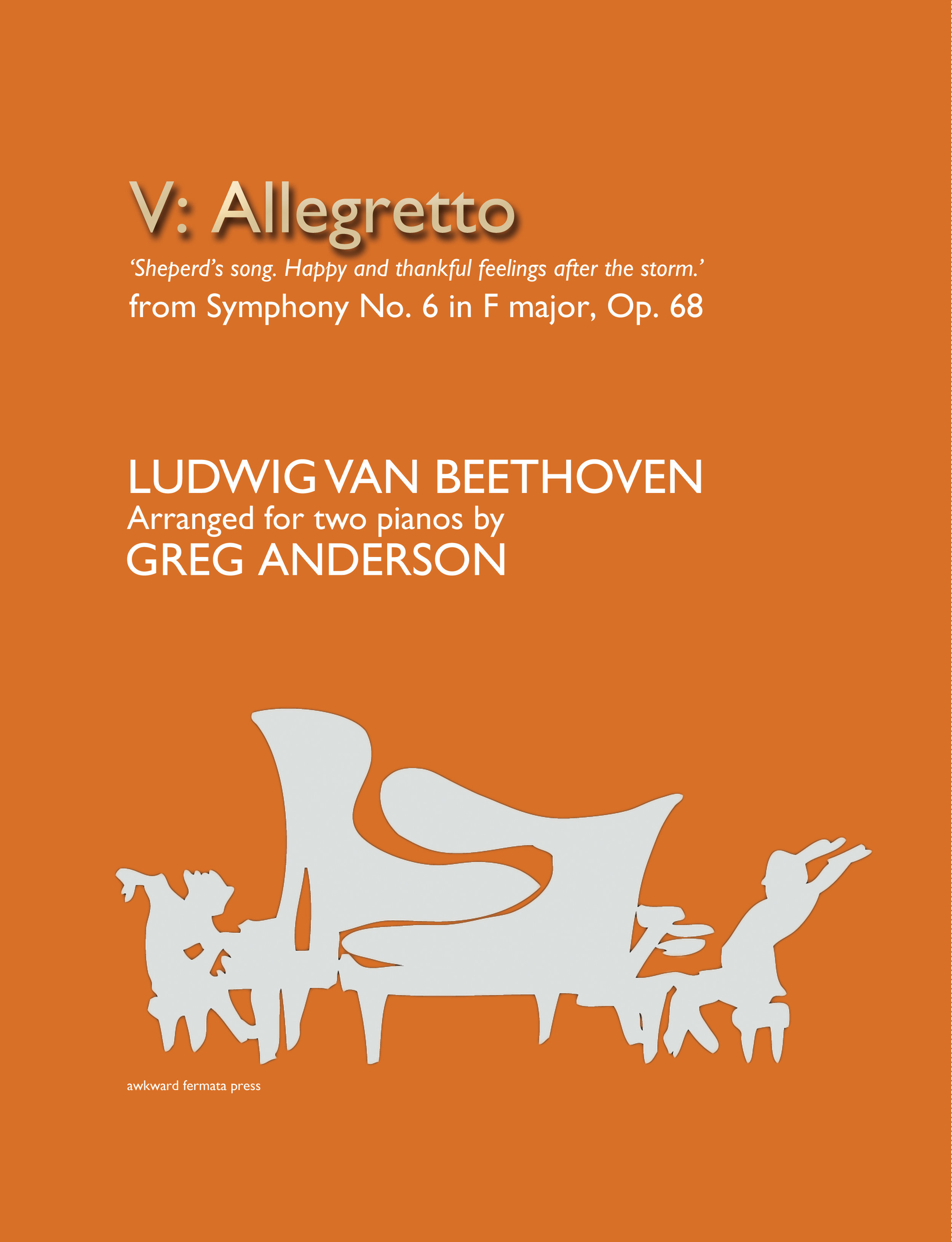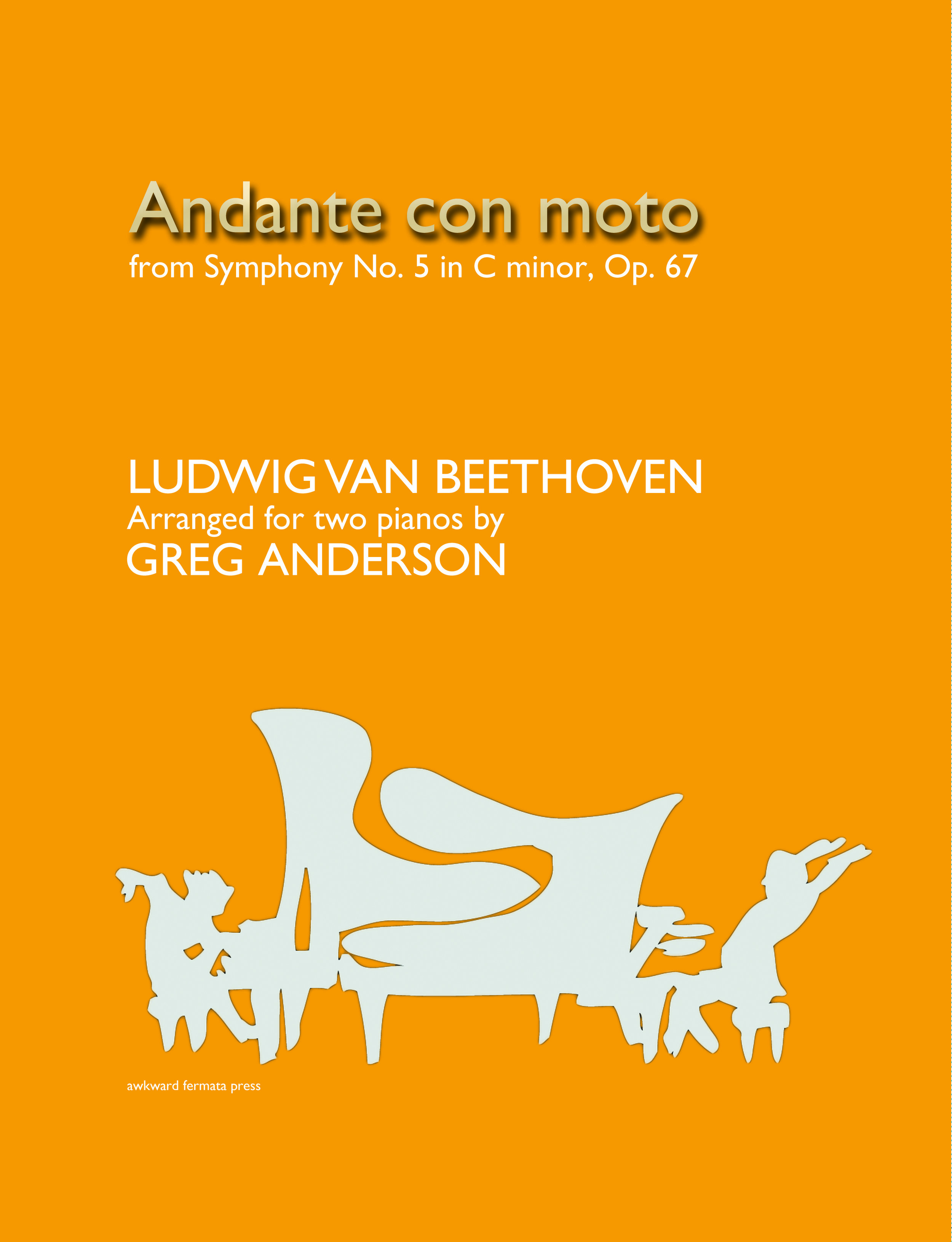We’re pleased to release several new scores, including our first two for 8 hands at 2 pianos. We look forward to hearing what you do with these!
Solo piano
Mozart’s sublime “Ave verum corpus,” arranged for solo piano.
One piano, four hands
Mozart’s “Ave verum corpus.” Dedicated to Liz’s daughter, this arrangement for piano duet is beautiful (and less challenging).
Bach/Gounod “Ave Maria.” This arrangement is inspired by stained glass windows and has been one of the most requested scores at recent Anderson & Roe performances.
Two pianos, four hands
Capriccio on Brahms’ Hungarian Dance No. 5. Listen to a live performance of the virtuoso work at the link.
Nocturne on Neptune, inspired by Gustav Holst’s “Neptune” and the astrological writings that influenced it.
Joplin’s Maple Leaf Rag with a second piano overlay. Party time.
Two pianos, eight hands
Rachmaninoff’s “Vocalise” arranged for 4 pianists on 2 pianos. The arrangement was commissioned by the Geneva Tuesday Quartette for their 100th anniversary(!) and is based on our version for piano duet.
Dvořák’s Slavonic Dance Op. 42, No. 5 (in its original form for piano duet) with an overlay for a second piano duet. A wild, fun, and virtuosic showpiece!









